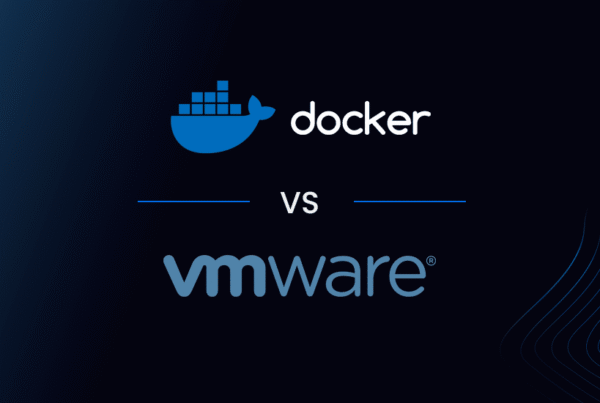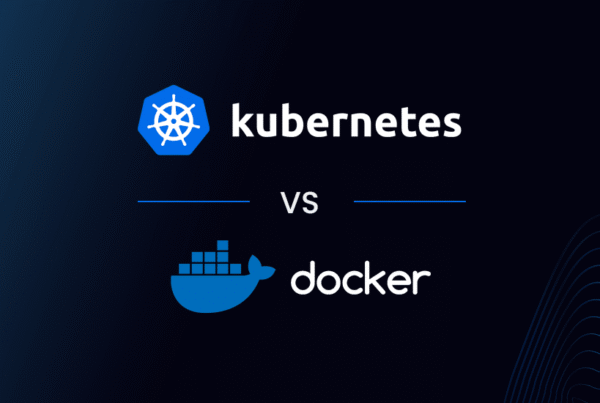Virtualization and containerization are becoming essential elements of contemporary computing and software development in the fast-paced technological world of today.
Both technologies have established themselves as game-changers in their own right, but because they are frequently contrasted, many individuals are left unsure whether one is the greatest fit for their particular need.
In order to better grasp the distinctions between containerization and virtualization, we will examine these differences in this essay along with a thorough introduction of each technology.
Virtualization
A single physical system may operate numerous virtual machines, each separated from the other, thanks to the technique known as virtualization. This makes it feasible to run many operating systems on a single piece of hardware, enabling the use of multiple applications or services on the same server while giving the appearance that each operating system has dedicated hardware of its own.
The capacity of virtualization to save costs, increase server utilization, and offer more agility and scalability has made it a cornerstone in business systems for several decades.
IT teams can manage, test, and deploy applications faster and effectively thanks to virtualization.
What is a Hypervisor?
A hypervisor, or virtual machine monitor, is a piece of software that facilitates the coexistence of several virtual machines (VMs) on a single physical server.
Each virtual machine (VM) is assigned its own virtualized resources:
- Central Processing Unit (CPU)
- Memory
- Network interfaces
The hypervisor is the middleman between the VMs and the actual server.

Allotting these resources and keeping each virtual machine running safely and independently from the others on the same physical server are tasks handled by the hypervisor.
Utilizing hardware resources more effectively and creating a more adaptable and scalable computer environment are both made possible by this technology.
Containerization
Containerization is a relatively recent technique that offers software programs a portable, isolated environment.
Although containers are significantly smaller and lighter than virtual machines and have their own dedicated resources, they function similarly in that they operate on a host operating system. This makes containers faster to start up and less resource-intensive.

Applications may be quickly relocated from one environment to another thanks to the portability of containers, which also increases flexibility and scalability.
Both microservice-based architectures and contemporary cloud-based applications have seen an increase in popularity of containerization.
Differences between Virtualization and Containerization
Virtualization produces a virtualized environment for the full operating system, whereas containerization just virtualizes the parts needed for an application to operate. This is the major distinction between the two technologies.
Containers are lighter and more effective than virtual computers, but they are also more constrained in their capabilities.
Large, sophisticated settings that demand a high degree of security and isolation frequently employ virtual machines. In smaller, simpler contexts where performance and resource utilization are the main objectives, containers are employed more frequently.
Virtualization and containerization differ significantly in another important way: while containerization requires a container engine, like Docker or Kubernetes, to manage the containers, virtualization depends on a hypervisor to manage the virtual machines.
Which is Better – Virtualization or Containerization?
The answer to this question is not straightforward since it relies on a lot of elements, including your organization’s requirements of yourand the kinds of apps you are using.
Virtualization is the superior choice for big, complex settings with a high need for security and isolation.
Virtual machines are perfect for big, complicated systems because they provide the required security and isolation and have additional resources and superior administration features.
Containerization is a superior option for smaller, simpler systems or for contemporary cloud-based applications. These kinds of conditions are perfect for containers since they are quicker, lighter, and more effective.
Conclusion
To conclude, both virtualization and containerization have distinct advantages and disadvantages and the decision between the two will be determined by your organization’s specific needs and the kind of applications you run. You will be better able to make an informed decision about which technology is appropriate for your firm if you grasp the distinctions between virtualization and containerization.





Thanks for sharing the insight. It’d be better if you could highlight some use cases of both virtualization and containerization.